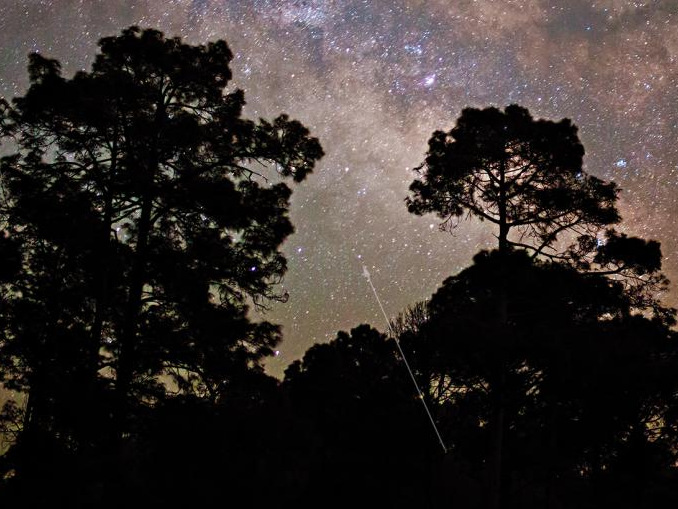
Practically every chemical element has an astronomical origin. A first genesis took place in what is known as primordial nucleosynthesis, shortly after the Big Bang (between ten seconds and twenty minutes after). Light elements were then formed: hydrogen (75 percent), helium (25 percent) and a very small amount of lithium and beryllium.
The remaining chemical elements were formed in stars, either through fusion of other elements inside the nucleus — which begins with the fusion of hydrogen into helium and produces increasingly heavy elements until iron is reached — or through other processes such as supernovae explosions or reactions in the atmosphere of giant stars where, among others, gold, lead and copper are produced. Those elements in turn were then recycled into new stars and planets until the present day.
“But lithium posed a problem: we knew that 25 percent of existing lithium comes from primordial nucleosynthesis, but we were not able to trace the origins of the remaining 75 percent”, says Luca Izzo, a researcher at the Institute of Astrophysics of Andalusia (IAA-CSIC) involved in the study.
The solution to the enigma of the origin of lithium lies, according to this study, in the novae, explosive phenomena occurring in binary star systems in which one of the stars is a white dwarf. The white dwarf can nab material from its twin star and form a superficial layer of hydrogen which, when it reaches a certain density, will trigger an explosion — a nova — which can increase the brightness of a star up to one hundred thousand times. After a few weeks the system stabilises and the process starts again.
The researchers studied nova Sagittarii 1015 N.2 (also known as V5668 Sgr), which was detected on 25 March 2015, and remained visible for more than eighty days. The observation, made with the UVES instrument of ESO’s Very Large Telescope over the course of 24 days, made it possible for the first time to follow the evolution of the beryllium-7 signal inside a nova and even to calculate the amount of it present. “Beryllium-7 is an unstable element which decays into lithium in 53.2 days, so its presence is an unequivocal sign of the existence of lithium”, says Christina Thöne, a researcher at the Institute of Astrophysics of Andalusia (IAA-CSIC).
The existence of beryllium-7 had been previously documented in another nova, but the measure of the amount of lithium which would be ultimately produced from it on nova Sagittarii 1015 N.2 came as a surprise. “We’re talking about an amount of lithium ten times greater than that in the Sun,” says Luca Izzo (IAA-CSIC). “With these amounts in mind, two similar novae a year would suffice to account for all the lithium in our galaxy, the Milky Way. Novae seem to be the predominant source of lithium in the universe,” he concludes.



